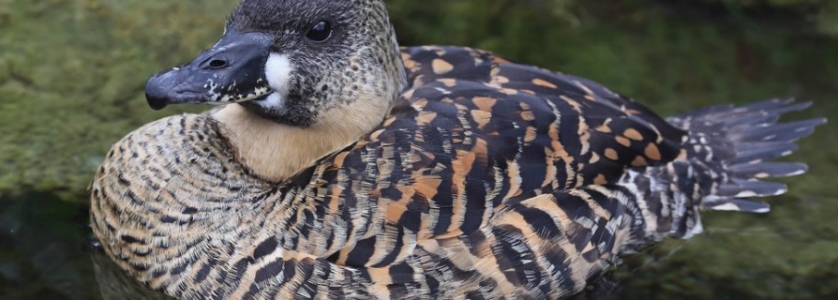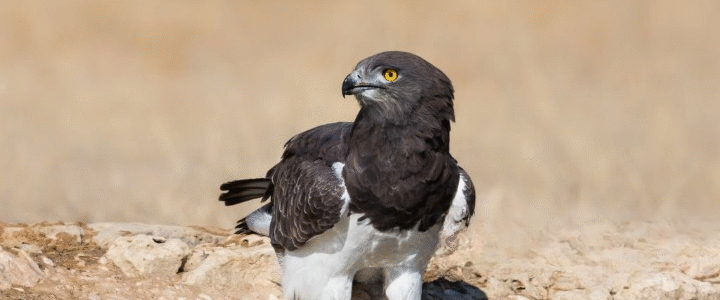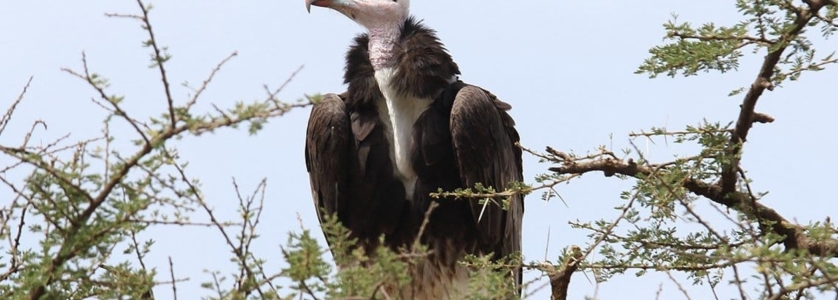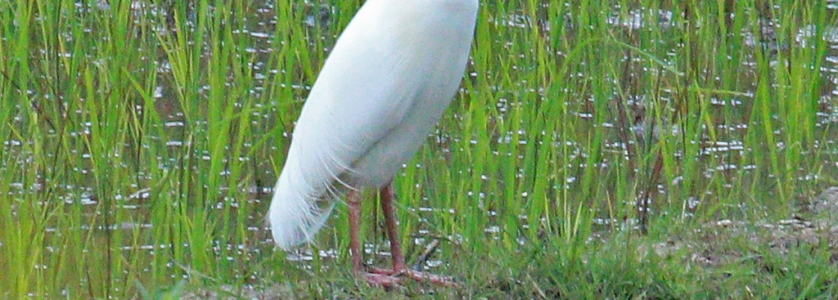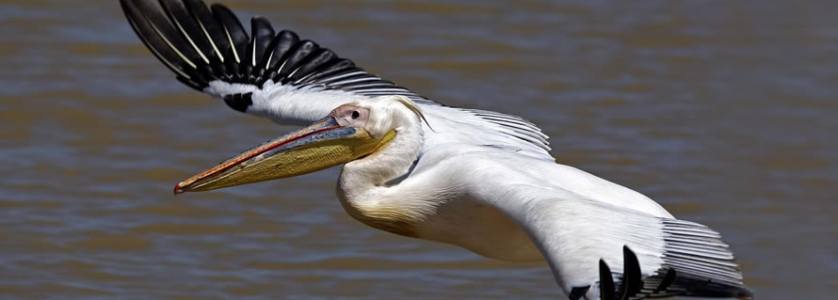

Scientifically referred to as Phoenicopterus roseus, the greater flamingo is the most common and largest living species of the flamingo which is most widely spread and seen while birding in Africa, Middle East, Southern Europe and on the Indian subcontinent.
The greater flamingo is found within the phoenicopteridae or flamingo family. It is a colourful wading and easily identifiable bird which is usually seen flocking in the great salt lakes across Africa together along side Lesser Flamingo. This bird species is closely related to the Chilean and Caribbean Flamingo.
The greater flamingo is one of the sought after birds while birdwatching in Uganda and Africa birding safaris at large.
Physical description of the Greater Flamingo
Being the largest among the six species of flamingos, it has an height that measures about 1.5 meters tall and weighing between 2 to 4 kilograms. The Greater Flamingo is characterised with a large and wide wingspan that ranges between 1.4 to 1.7 meters wide.
The bird species features a pinkish-white colour layer of plumage feathers along with black secondary and primary flight feathers hence having reddish wing converts. Greater flamingo is also characterised with long pink bills bending downward and baring a black tip.
This flamingo species is composed of the long thin legs that are pinkish in colour and the eyes are yellow together with the peculiar shaped head which is leaning on the long curved neck with a distinctive downward bend.
Great flamingo bird species is characterized with a tinged beautiful rose pink coloured feathers which is brought about by the coloured carotenoids in the tiny shrimps on which it feeds. Its feathers turn pale on not eating the shrimps.
The behavior of the Greater Flamingo
Due to its large size, the Greater flamingo walks slowly while in search for food into deeper water than most of other species of flamingos. The Greater flamingo do congregate in dense colonies living together with other species in flocks numbering between 10 to 12 bird species.
These flocks are packed closely hence the individuals as the have their heads down when feeding in mud, they are being protected by other flock members from predators .
The Greater flamingo do produce a deep honking sound hence vocal bird species which keep in contact with each other and the sound produced is similar to a Goose. While feeding, this flamingo species release a quiet call but during courtship the call is loud.
This bird is a surprisingly good swimmer flamingo species although it thrives on the shallow lagoons and mudflats. While in flight, the greater flamingo has a remarkable sight with its long thin outstretched neck infront along with long outstretched legs behind them.
Greater Flamingo do usually stands on one leg due to the intension of keeping the hidden leg amongst its feathers warm although during hot days it stands on both legs.
During the breeding period, this bird species do defend its nest although its not a territorial bird. However the greater flamingo’s chicks and eggs are preyed upon by other bird species that include the Marabou Stork, the bird has few natural predators.
Habitat of the Greater Flamingo
This bird species is widely spread found dwelling in a variety of saltwater areas that do include alkaline lakes, mudflats, shallow coastal lagoons and estuaries although the flamingo rarely occupies fresh water areas hence the greater flamingo which dwells outside the tropics usually migrate to warmer climated areas for the winter months.
Therefore this greater flamingo species mostly inhabits the watery warm regions on that include Asia within the coastal regions of Pakistan and India, South America, Southern Europe in Caribbean and in Central America.
Feeding process of the Greater flamingo
This bird is a filter feeder and omnivore which is mainly a duirnal feeder active in feeding during day. During the feeding process, the Greater flamingo uses its long legs to walk slowly through water while sweeping its bill upside down. It is characterized with a filter-like bill which helps in the removal of food from water before the drainage of liquid.
The flamingo usually feed with its head immersed fully in water and the head may remain in water for about 20 seconds while feeding on mollusks, crabs, insect larvae, small fish and plankton and rarely it is seen eating plant materials such as decaying leaves, shoots, algae and grass seeds. Greater flamingo obtains its pink colouration from feeding on pink crustaceans and Shrimp.
Reproduction and breeding process of the Greater Flamingo
During the breeding period of the Greater flamingos, both the adult male and female breeder do participate in the construction of the nest which is made of hardened mud along with a shallow depression at the top and in pairs. Each breeding pair nest is situated at about 1.5 meters from the neighbouring nest so that the chicks are kept safe from other mating pairs.
This bird species is a colonial breeder and mainly breeding takes palce in April and May. During reproduction process, the adult female breeder lays a maximum of one chalky-white egg on a mud mound in shallow water.
Incubation process is done by both parents and in turns and the hatching of the laid eggs will happen after a period of 27 to 31 days. Chicks after hatching are characterized with a grey and white body and they do develop the pink colouration after 2 years.
These chicks are taken care of by both parents which feed them for a period of 3 to 4 weeks after hatching and do develop wing feathers that are broad and strong enough for flight to occur after 10 weeks. They do develope sexual maturity at the age of 3 years with a life span of over 60 years in captivity and about 30 to 40 years while in the wild.
Contact us today to reserve a spot of seeing this bird species on Uganda birding safaris with experts
More posts for you

Over 50 excellent reviews on Safaribookings.
 >
> 